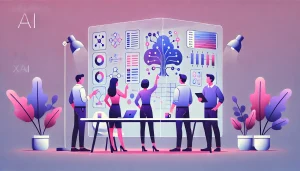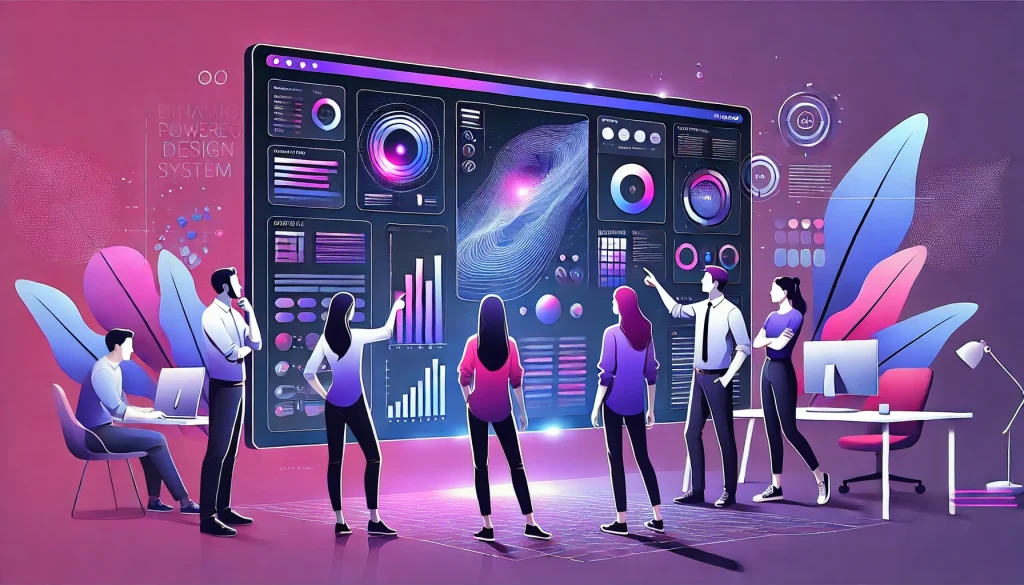
In a digital world that demands faster turnarounds, hyper-personalisation, and cross-platform consistency, design teams are grappling with the challenge of delivering user experiences (UX) at scale. Traditional design systems have served as an essential foundation — offering reusable components, consistent branding, and unified interaction patterns. But now, we stand at the edge of a new paradigm: AI-assisted design systems.
These systems, powered by artificial intelligence and machine learning, aren’t just about automation. They’re about intelligence, adaptability, and scalability — enabling designers to create more meaningful experiences in a fraction of the time.
From Static Design Systems to Intelligent Systems
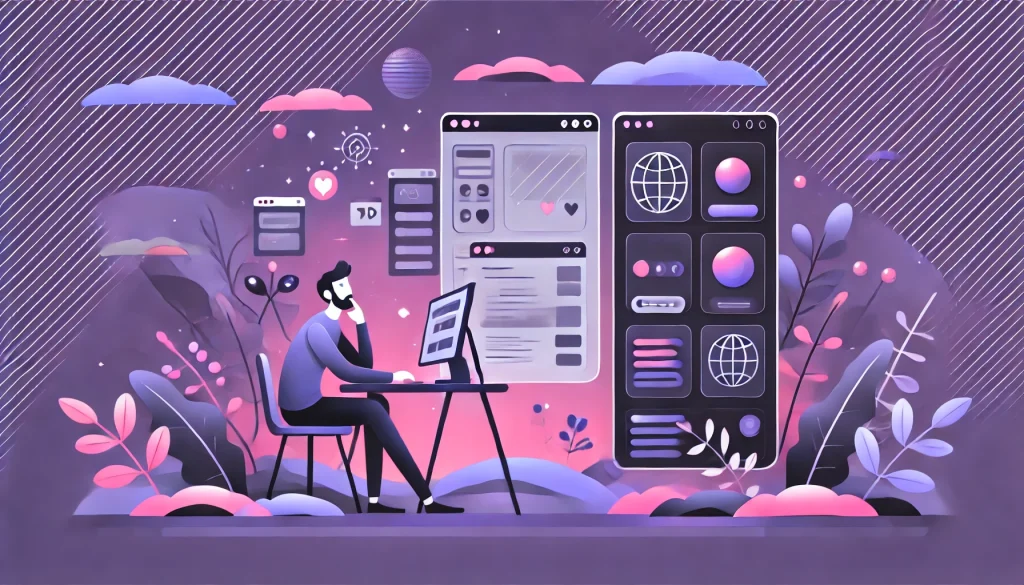
A traditional design system is like a style guide on steroids — it standardises colours, typography, spacing, UI components, and more. But as companies grow, products diversify, and user expectations evolve, a static system can become a bottleneck.
AI-assisted design systems move beyond documentation. They learn from data, user behaviour, and design trends to provide dynamic, contextual design suggestions. Rather than manually tweaking buttons or searching for the right pattern, designers can rely on AI to recommend (or even auto-generate) designs based on goals, past usage, or performance data.
Why Now? The Perfect Storm of Need and Capability

There are three primary reasons AI-assisted design systems are gaining traction now:
- The Need for Speed & Scale: Companies like Google, Microsoft, and Meta manage design systems that span dozens of platforms and hundreds of products. Scaling UX across such ecosystems without intelligent assistance is nearly impossible.
- Explosion of User Data: With every user interaction logged and analyzsed, we now have the behavioural insights required to train AI models that can improve UI/UX decisions.
- Advancements in AI & ML: OpenAI, Adobe Sensei, and Google’s AutoML have made machine learning more accessible to designers and developers. From Figma plugins to low-code AI tools, the barrier to entry is lower than ever.
What Can AI-Assisted Design Systems Do?
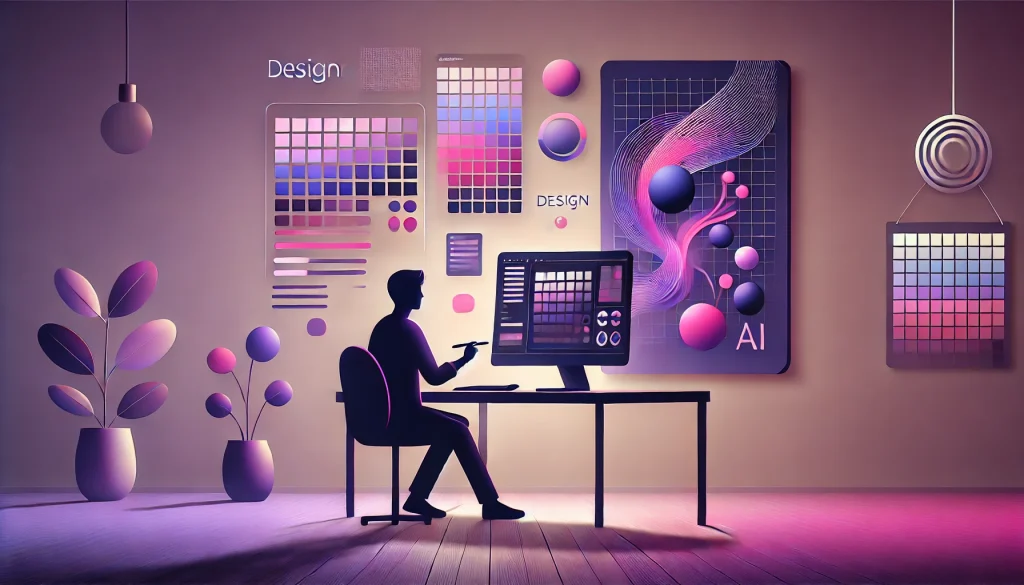
Let’s break down the core capabilities of modern AI-assisted design systems:
1. Predictive Design Suggestions
AI can analyse past design patterns, brand guidelines, and successful user flows to suggest layout structures, colour schemes, or even entire UI templates.
- For example, Adobe Firefly and Figma’s AI plugins allow designers to input a simple prompt and get a full-screen UI suggestion, ready to customise.
2. Automated Accessibility Improvements
Ensuring accessibility compliance is often overlooked in fast-paced design cycles. AI systems can detect poor contrast ratios, missing alt text, or non-compliant components — and fix them on the fly.
3. Personalisation at Scale
AI design systems can tailor UI components based on the target audience. For example, a design for GenZ users might feature vibrant visuals and bold typography, while the same interface for enterprise users would prioritise clarity and formality.
4. Performance-Driven Iterations
Design systems can now ingest A/B testing data or analytics to auto-suggest performance-optimised changes. If a CTA button has a low click-through rate, the system might recommend alternate placements, colour tweaks, or microcopy updates.
5. Content-Aware Layouts
AI can automatically adjust spacing, font sizes, or image ratios depending on the type of content — reducing the time spent on manual adjustments across breakpoints.
How Leading Brands Are Adopting AI in Design Systems
IBM’s Carbon Design System + AI
IBM integrates AI into their design review process, analyzing component usage across teams to suggest the most efficient patterns and flag inconsistencies.
Shopify’s Polaris + Polaris AI
Shopify has been experimenting with AI to improve merchant dashboards by dynamically suggesting UI elements based on previous user behavior and merchant feedback.
Microsoft’s Fluent Design + Copilot
With the rise of Microsoft Copilot, Fluent is evolving from a static system into a responsive one — where design assistance is contextual and predictive, powered by telemetry data from millions of users.
Benefits of AI-Assisted Design Systems
| Benefit | Impact |
| Speed | Reduce design time especially in repetitive tasks or design iterations. |
| Consistency | AI reduces human error by suggesting system-compliant elements automatically. |
| Data-Driven | Utilise real-time analytics and performance data in design decisions. |
| Accessibility | Ensure compliance with WCAG and ADA by flagging issues early. |
| Hyper-personalisation | Customsze user flows and UI components based on demographic or behaviuoral data. |
Challenges and Ethical Considerations
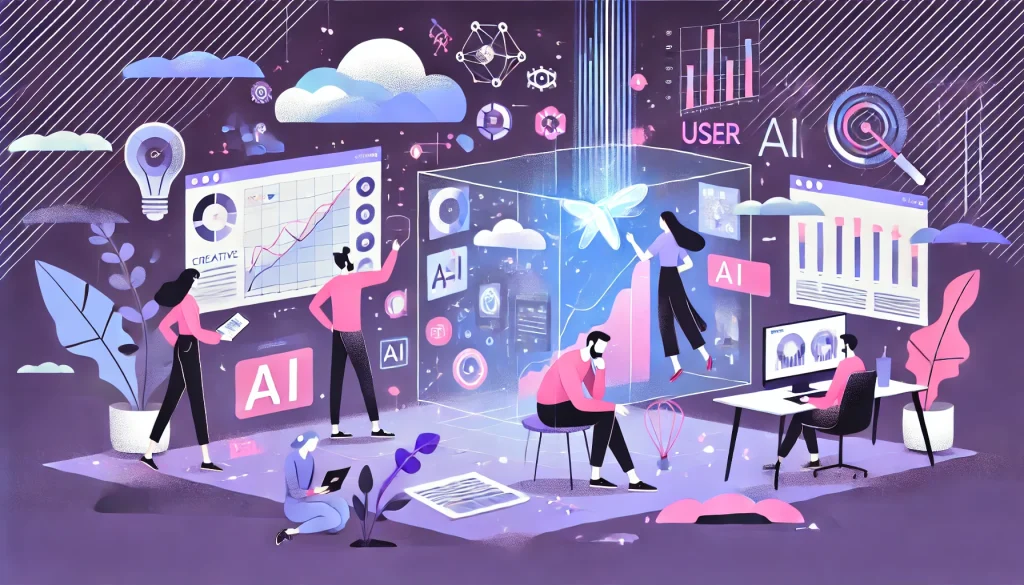
Despite its promise, AI-assisted design is not without challenges:
- Bias in AI Models: If training data is biased, design suggestions might reflect those same biases. For example, facial recognition or personalisation features may unintentionally exclude marginalised groups.
- Over-Automation: Designers must be cautious not to over-rely on AI. Creativity, empathy, and contextual understanding still require human intuition.
- Learning Curve: Introducing AI tools into a design team requires up-skilling, process adaptation, and sometimes even organisational change.
According to a McKinsey report, 70% of digital transformation projects fail due to resistance to change — a risk that applies to AI adoption in design as well.
What’s Next: Toward Fully Adaptive Design Systems
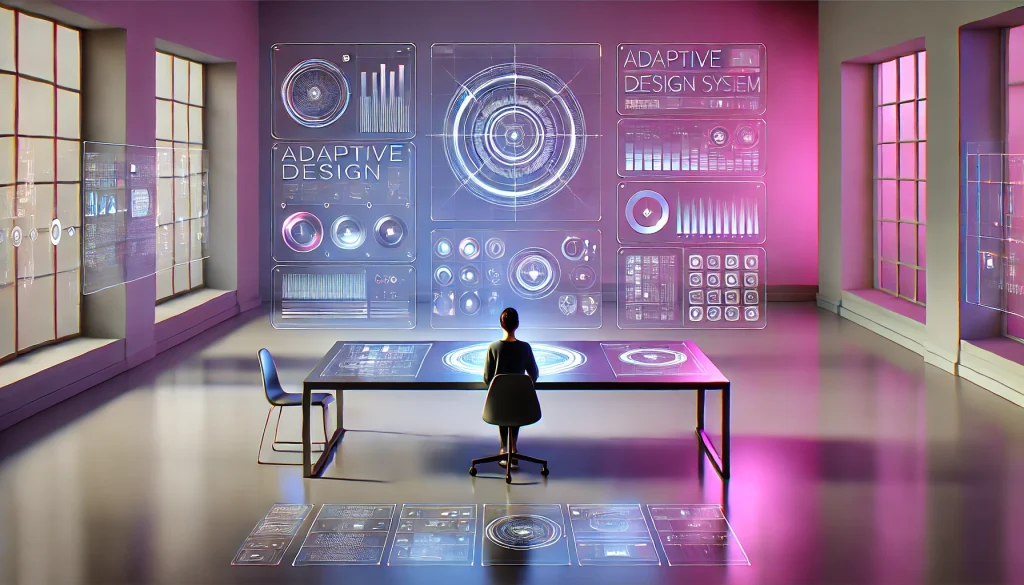
In the future, we’re likely to see design systems evolve into fully adaptive design ecosystems — where AI not only assists but also orchestrates design at scale. Imagine a system that:
- Auto-generates prototypes based on product goals.
- Adapts design based on real-time user feedback.
- Syncs design updates with code automatically.
- Learns from every design decision made across teams.
Such ecosystems would blur the line between designer and developer, between product and platform — unlocking truly scalable, user-first experiences.
Final Thoughts
AI-assisted design systems are not here to replace designers but to augment them. They eliminate friction, increase efficiency, and inject data-driven intelligence into the design process. As design becomes more strategic and product experiences more complex, embracing AI is no longer optional — it’s essential.
The next frontier of UX is not just beautiful and functional. It’s scalable, intelligent, and adaptive — thanks to AI.
Also Read: AI with Purpose: How Inclusive UX Makes AI Smarter and More Usable







